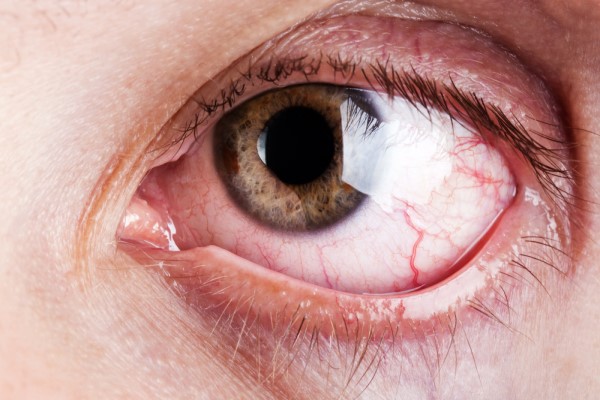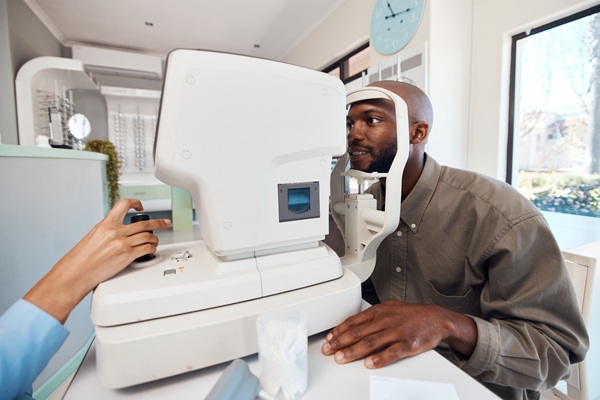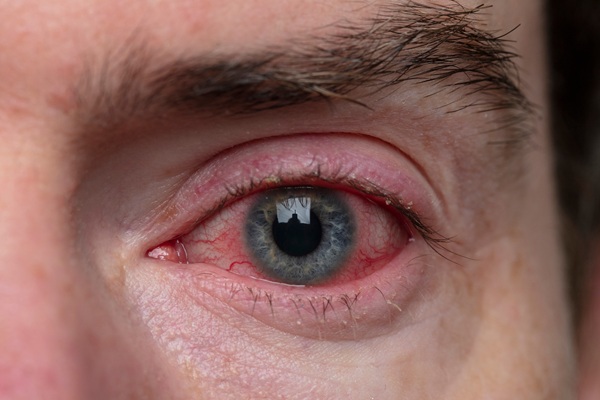Seeing Optometrist for Eye Infections

If you suspect you have an eye infection, you should visit your optometrist for an eye exam. Your doctor will examine you and determine the specific type of infection you have, if any. The most effective treatment option will then be determined. Eye infections are not hard to spot, so you can seek medical help quickly. Read on to learn more about when to see an optometrist for eye infections.
Common eye infections
An optometrist is qualified to detect and help treat eye infections. These occur when microorganisms like fungi, viruses, and bacteria invade parts of the eyeball. Or, the surrounding area like the eyelid, cornea, and conjunctiva. Symptoms of an eye infection include pain, discomfort, itching, and sensitivity to light.
Conjunctivitis
Conjunctivitis, also known as pink eye, is one of the most common eye infections. Infections with either viruses or bacteria can cause conjunctivitis. Sometimes an allergic reaction to air irritants or products that contact the eyes can be a cause. Sexually transmitted diseases, such as gonorrhea and chlamydia, might be another cause of the infection. These are not so common, though.
Some forms of conjunctivitis can be extremely contagious and can spread easily at home or in school. Conjunctivitis is often a minor eye infection. However, it may develop into a more serious problem. Symptoms of conjunctivitis include swollen eyelids, light sensitivity, and excessive tearing. It can be diagnosed through a comprehensive eye examination.
The appropriate treatment option depends on the cause of the infection. Optometrists usually treat bacterial conjunctivitis with ointments or antibiotic eye drops. There is no treatment for viral conjunctivitis, however. The virus has to run its course, and this may take a few weeks. For allergic conjunctivitis, optometrists prescribe nonsteroidal anti-inflammatory medications and antihistamines. Topical steroid eye drops can help people with persistent allergic conjunctivitis.
Blepharitis
Blepharitis is an inflammation of the eyelid. Bacteria can cause it, or it occurs when the eyelid glands produce oil irregularly. Symptoms include redness, swelling, dry eyes, excessive tearing, and a sensation of burning in the eyes. For some individuals, blepharitis can cause only minor itching and irritation. But blepharitis can lead to more serious symptoms, such as misdirected or missing eyelashes and blurring of vision.
A secondary infection can come about from touching and rubbing the irritated area. Often, good hygiene can help control blepharitis. This may involve washing the face and scalp frequently and scrubbing the eyelids. If the symptoms and signs do not improve despite good hygiene, a person should seek medical help. The optometrist may prescribe antibiotics if it is a bacterial infection.
Endophthalmitis
This is the severe swelling of the inner part of the eye. It is a result of a fungal or bacterial infection. The most common cause of endophthalmitis is Candida fungal infection. This eye disease may occur after specific eye surgeries like cataract surgery. It may also occur after a foreign object penetrates the eye. Below are the common symptoms:
- Bright light sensitivity
- Mild to serious eye pain
- Eye discharge
- Complete or partial vision loss
- Swelling or redness of the eyelids and the area around the eyes
- Blurry vision
The eye doctor will treat this ailment based on the severity and cause of the infection. Corticosteroid injections can relieve swelling. Direct antibiotic injection into the affected eye can help kill the bacteria or fungi. The eye doctor will need to remove the foreign object first if this is the cause of the problem.
Stye
Also known as a hordeolum, a stye is a tiny bump that emerges from a blocked oil gland on the outer edge of the eyelids. Substances like oils and dead skin cells tend to clog these glands. This allows bacteria to grow more. Symptoms of this condition include swelling, pain, and irritation. Seeing the eye doctor is necessary if the swelling or pain worsens even more and does not disappear after seven to 10 days.
Keratitis
This condition happens when the cornea develops an infection. An eye injury can also give way to an infection. Fungi, viruses, parasites, or bacteria may cause keratitis. This condition may or may not be infectious. Eye pain, swelling, and redness are common symptoms. Below are the people who have a higher risk of developing keratitis:
- Those living in warm and humid environments
- Contact lens wearers
- Those with weakened immunity
- Those with eye injuries from plants with chemicals
- Those who use corticosteroid eyedrops
When to see your optometrist
A variety of factors, including bacteria and viruses, can cause eye infections. These can show up in different ways depending on the part of the eye with the problem. Some common symptoms include pain, excessive tearing, and burning in the eyes. If you feel or notice any of the symptoms, you should see your optometrist as soon as possible.
Request an appointment here: https://www.texasoptical.net or call Texas Optical at (214) 771-7333 for an appointment in our Dallas office.
Check out what others are saying about our services on Yelp: Read our Yelp reviews.
Recent Posts
Contact lens exams are fundamental to maintaining clear vision and promoting overall eye health. Many individuals rely on contact lenses for daily activities, sports, and social events, yet consistent monitoring of lens fit and eye condition often receives less attention than it deserves. An optometrist specializing in evaluating the cornea, tear film, and general ocular…
Red, irritated eyes can result from something as simple as fatigue or dryness. However, persistent or severe symptoms may indicate a more serious condition requiring red eye treatment from an optometrist. Understanding when those everyday symptoms become something more serious is key to protecting long-term vision and avoiding complications. Catching the signs early on and…
Vision health is an important part of your everyday life. When urgent and unexpected issues arise, you must seek emergency eye care from an optometrist. Whether the issue results from trauma, infection, or sudden changes, immediate attention from an optometrist can prevent complications and preserve your long-term ocular health.Individuals may need emergency eye care for…
A myopia optometrist can help manage and slow the progression of nearsightedness, especially in children and young adults. Nearsightedness, or myopia, causes distant objects to appear blurry while close-up vision remains clear. Without proper care, myopia can worsen over time, leading to higher prescriptions and an increased risk of eye health problems.Myopia occurs when the…


